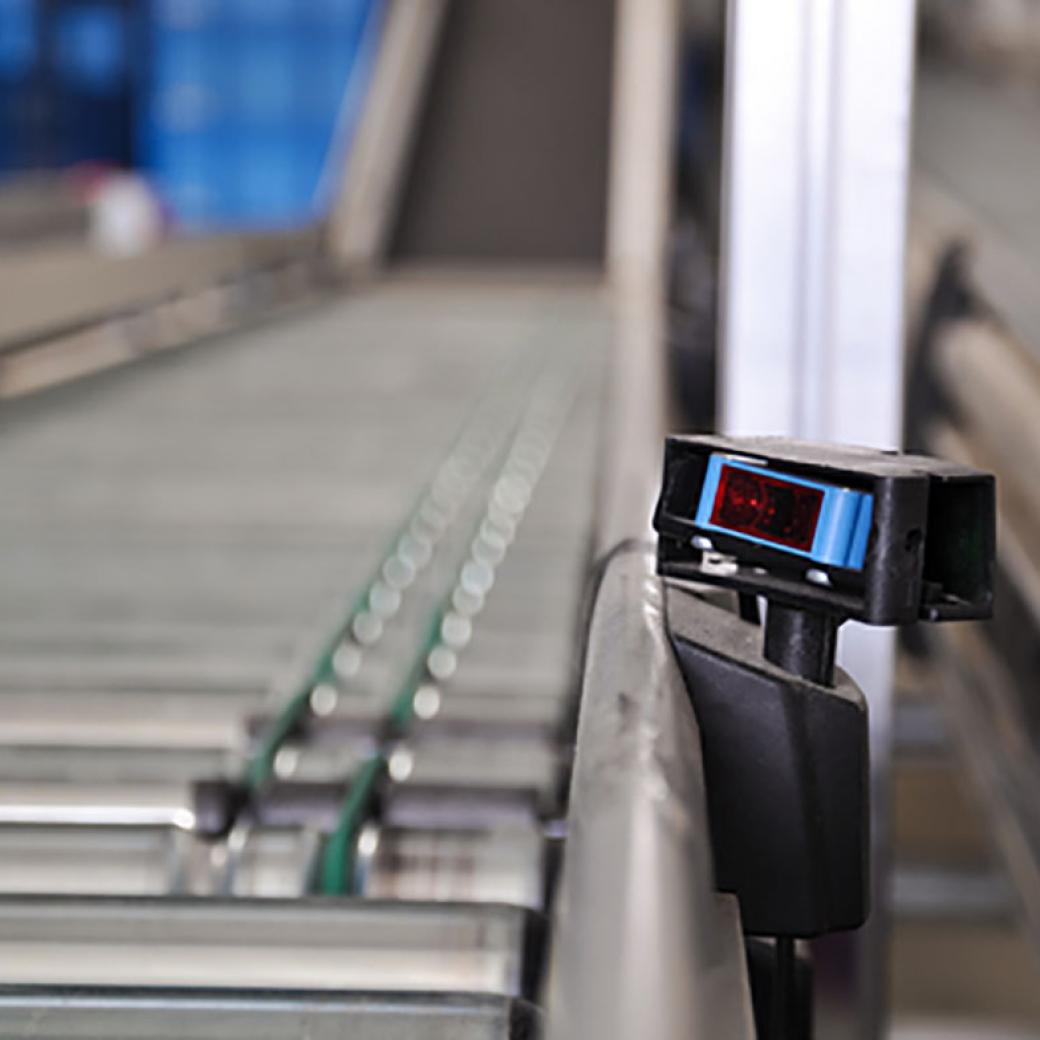Venticoveat
With support of:


Prevention of coronavirus infections via airborne transmission in slaughterhouses and cutting plants
Why this project?
Every food company faces it, the tremendous challenge to keep their staff corona-free. However, the sheer number of measures and latest techniques for counteracting the coronavirus has been so great that food companies quickly felt overwhelmed.
The Venticoveat project was kickstarted by the meat industry, a collaboration in which Flanders’ FOOD, ILVO, and BBRI join forces with FEBEV (the National Belgian Federation of slaughterhouses, cutting plants and wholesalers for pork, bovine, sheep and equidae) to identify specific measures that will reduce the possibility of airborne transmission as much as possible.
Research approach and results
Venticoveat was a collective research, development, and dissemination project (COOCK type) that aims to help companies reduce the risk of coronavirus spread through the use of commercially available solutions that improve ventilation and air quality.
The factors that increased the risk of airborne transmission were analyzed at the meat companies of the user group. The following four factors increase the risk:
- Labor-intensive work causes higher respiration and therefore a higher concentration of (virus-containing) aerosols.
- Fixed infrastructure ensures that employees cannot always respect the distance rules.
- Cooled rooms at 10°C ensure that the coronavirus can survive longer in aerosols.
- Recirculation systems are used to save energy. Aerosols are not removed, causing an accumulation.
- Ventilation and air purification each eliminate aerosols from the air in their own way. In the long term, investing in a well-functioning ventilation system is more beneficial than investing in air purification. During ventilation, unhealthy air is removed and fresh air is supplied. With air purification, some of the unhealthy air is captured and the remainder of unhealthy air can still adversely affect employees.
- Air purifiers capture particles (including coronavirus-containing aerosols) from unhealthy air. The position of these devices determines the efficiency with which aerosols are removed from the room. Using CFD modeling, ILVO investigated the air flows and the effect of preventive measures at 3 meat companies.
The simulations showed that the adjustments resulted in a reduced risk of contamination. In the adjustments, the air flow was disrupted as little as possible by, for example, positioning the employees, plexiglass or air purifiers differently. The inlet and outlet were placed parallel to the air flow, so that the air present passes the device as much as possible. In summary, ventilation and air purification ensure improved air quality, with ventilation being the most effective in the short and long term. Combined with other measures such as distance rules, wearing a face mask and staying at home when sick, strongly limits the spread of the coronavirus.
Challenges
There are still many challenges in the food industry regarding improved air quality. Finding a balance between outdoor air ventilation and energy-efficient cooling is a challenge. Finally, you can check for yourself whether the current situation poses a risk of airborne transmission. The step-by-step plan also provides an overview of steps that help improve air quality.
Access to the results
The project has ended in August 2021, but the webinars, presentations and relevant information can still be consulted. When consulting the information, a personal explanation can be given by one of our innovation managers. For more information and to place an order, please contact the project manager.
Target group
The project mainly seeked to translate and distribute current knowledge to meat companies, primarily targeting slaughterhouses and cutting plants. That said, the information produced by the project may also be transferable to other sectors of the food industry.
FEBEV was a crucial link where raising awareness and valorisation vis-à-vis SMEs and non-research-intensive companies in the meat sector are concerned.
In addition to the food industry, the HVAC sector also benefited from this project’s insights. The BBRI was ideally situated to share the new findings with this sector.
Project partners
Flanders’ FOOD managed and coordinated the project. BBRI, ILVO, and Febev, as subcontractor, did co-implement the project.
Contact

From apple tree to innovation: meet B3ET

Sustainable animal feed from sweetcorn cobs: meet Trotec





